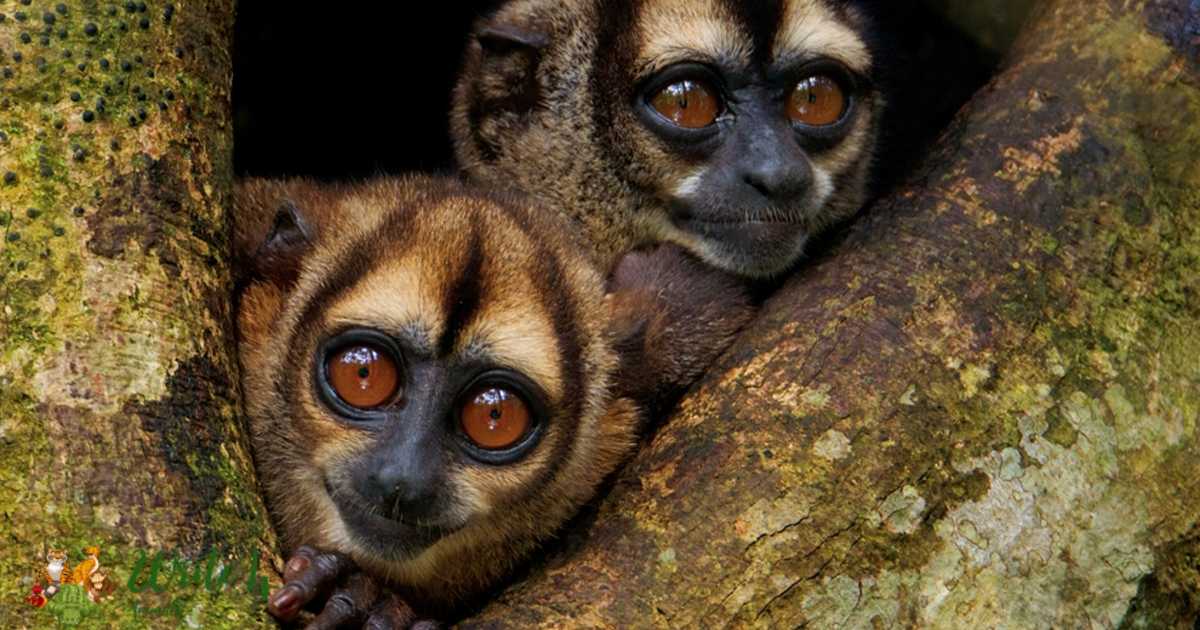Nature is a treasure trove of diversity, and the animal kingdom is no exception. From the tiniest creatures to majestic beings, each species plays a unique role in maintaining the balance of our ecosystems.
In this blog post, we embark on a journey to explore the wonders of the animal kingdom, specifically focusing on 15 Animals that start with n.
15 Animals that start with N
1. Newt
The newt, belonging to the salamander family, is a captivating amphibian found in various ecosystems worldwide. Known for its slender body and vibrant colors, the newt undergoes a remarkable life cycle, beginning in aquatic environments and transitioning to land during adulthood.
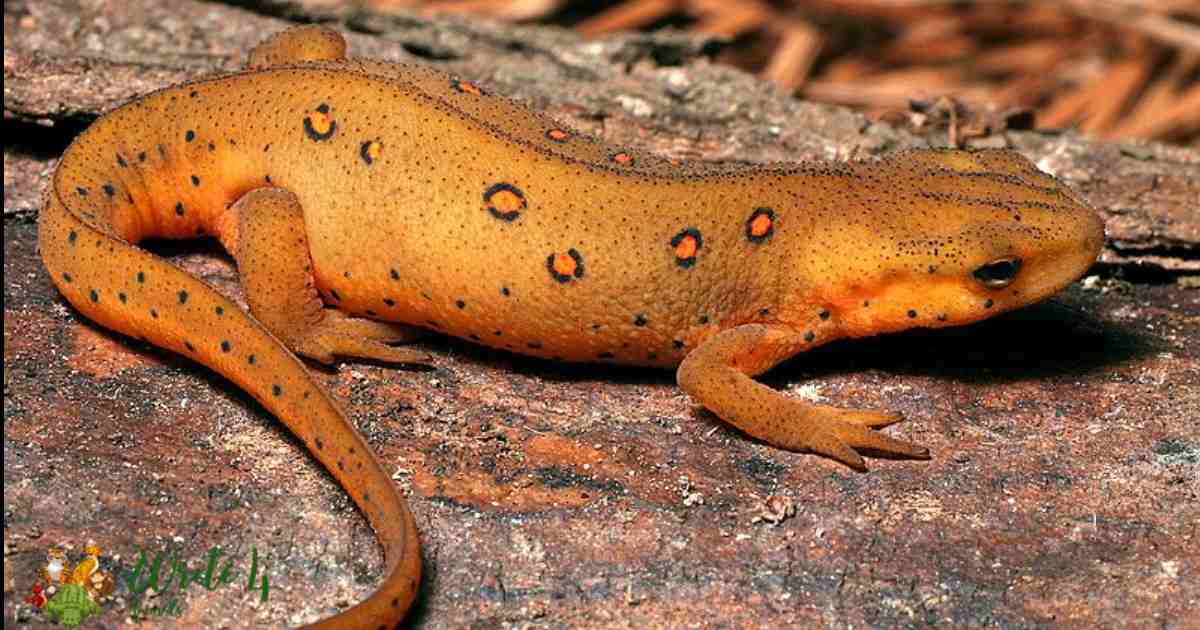
Noteworthy is the newt’s extraordinary ability to regenerate lost body parts, a unique trait in the animal kingdom. Their role as indicator species makes them valuable to scientists studying environmental health, as they are sensitive to changes in water quality.
2. Nightingale
The nightingale, a small passerine bird renowned for its enchanting song, holds a special place in literature and folklore. Found across Europe, Asia, and Africa, these birds are celebrated for their powerful and melodious vocalizations, often associated with the arrival of spring.
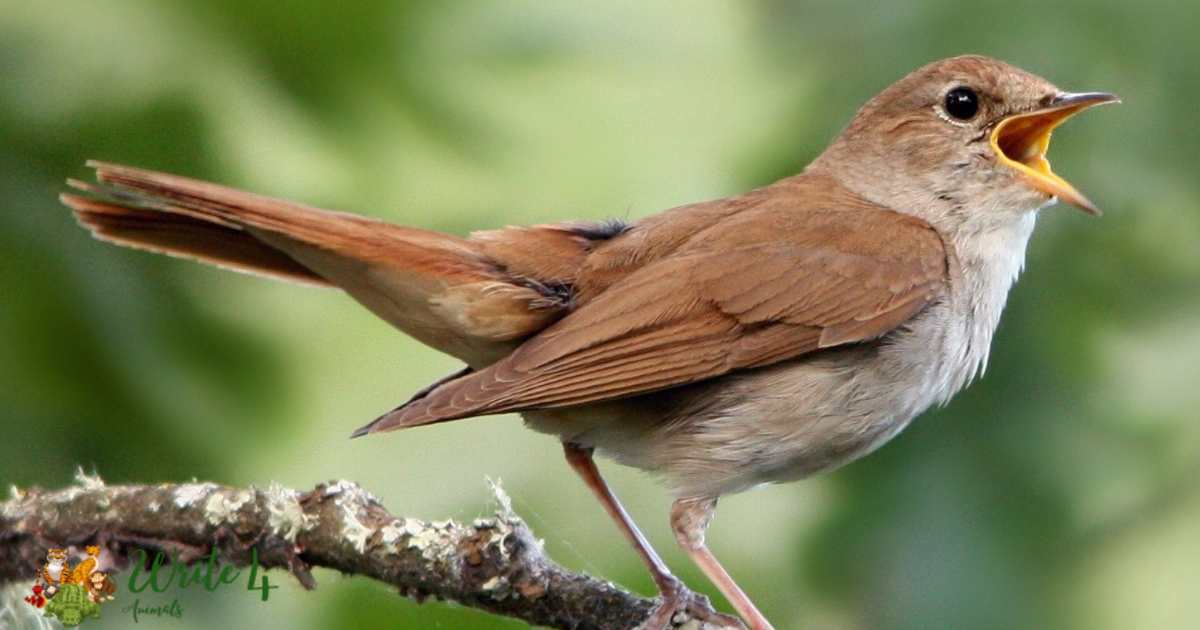
Nightingales exhibit remarkable migratory patterns, covering vast distances to reach their breeding grounds. Their capacity to mimic a diverse range of sounds adds to their allure, making them a subject of fascination for bird enthusiasts and artists alike.
Despite their unassuming appearance, nightingales play a vital role in ecosystems by controlling insect populations and contributing to the intricate tapestry of avian biodiversity.
3. Numbat
The numbat, a distinctive marsupial anteater native to Australia, showcases a remarkable adaptation to its diet of termites. With its striking appearance, including a striped coat and bushy tail, the numbat is a testament to the diverse array of mammalian species found Down Under.
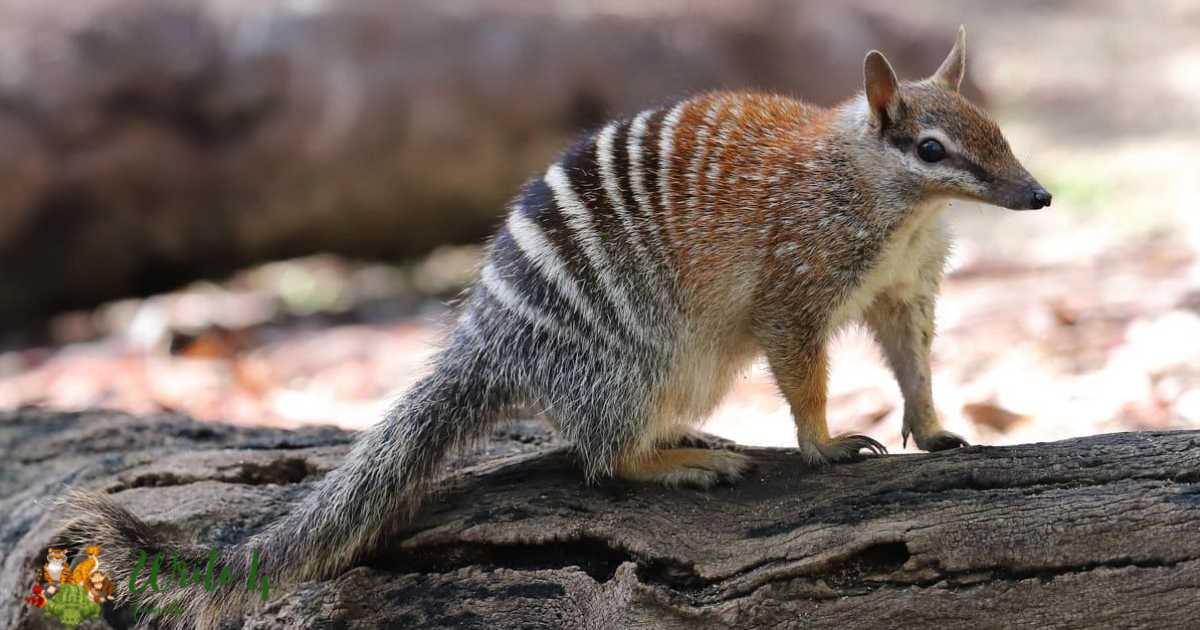
Unlike other marsupials, numbats are diurnal, meaning they are active during the day, allowing for unique observation opportunities. Unfortunately, their population has faced threats due to habitat loss and predation, leading to conservation efforts to ensure their survival.
Their specialized dentition and long tongue equip them for a diet primarily consisting of termites, underscoring their ecological significance in maintaining insect populations in their native habitats.
4. Nuthatch
The nuthatch, a charming and acrobatic bird, is a delight for birdwatchers with its distinctive behavior and appearance. Known for its unique ability to climb down tree trunks headfirst, the nuthatch is a master of agility.
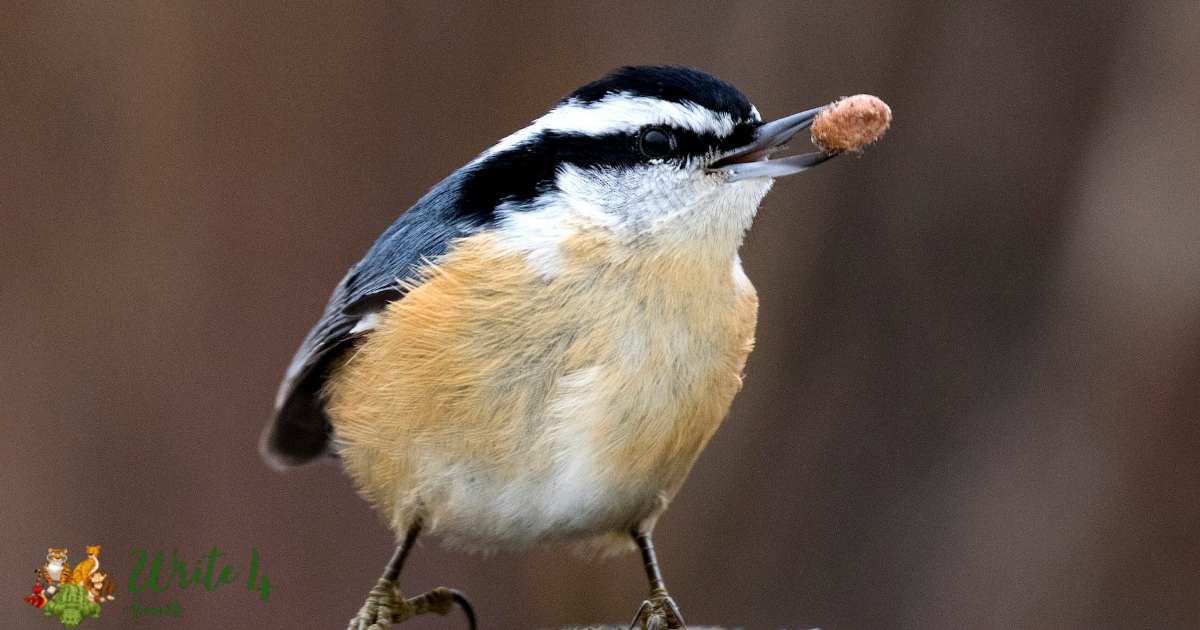
With strong feet and a specialized bill for extracting insects from bark, these birds navigate the woodlands with ease. Their foraging techniques contribute to the overall health of forest ecosystems by controlling insect populations and aiding in seed dispersal.
The nuthatch’s rhythmic tapping on trees is not only a hunting technique but also a form of communication with other members of its species.
5. Newfoundland
The Newfoundland, a breed often referred to as “Newfies,” stands as a gentle giant among dogs. Known for its strength, intelligence, and water rescue abilities, the Newfoundland is a devoted companion and a reliable working dog.
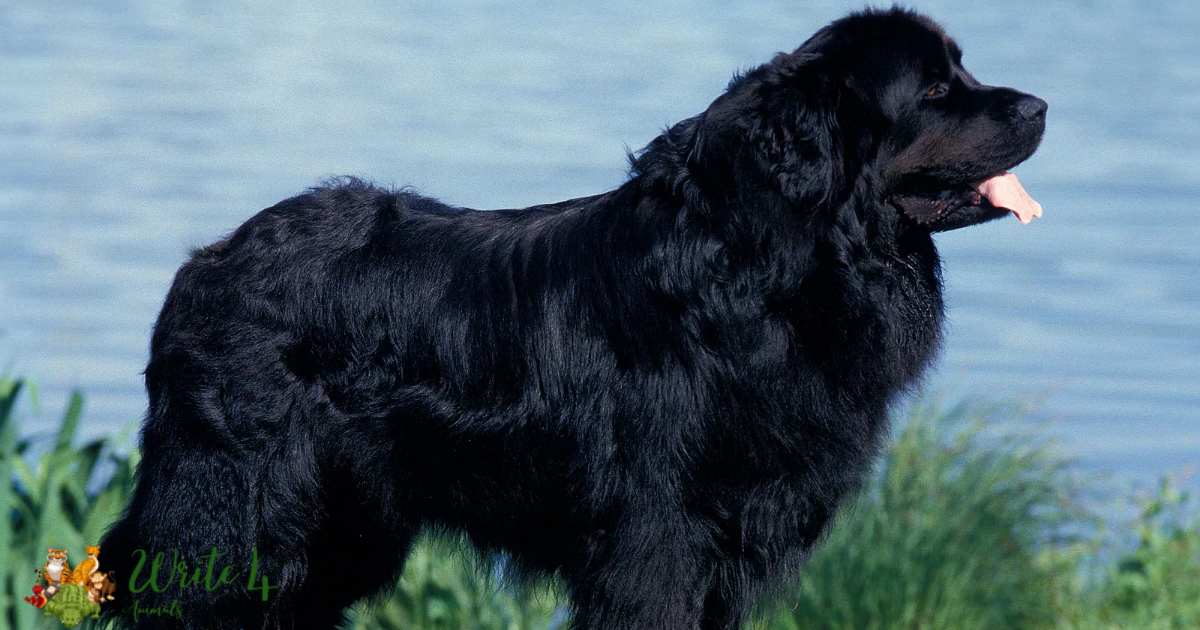
Originating from Newfoundland, Canada, these dogs have webbed feet and a water-resistant double coat, making them excellent swimmers. Renowned for their calm demeanor and patience, Newfoundlands are ideal family pets, particularly for households with children.
Despite their imposing size, their affectionate nature and loyalty make them well-suited to various living environments.
6. Nightjar
Nightjars, mysterious nocturnal birds, contribute to the enchantment of twilight hours with their haunting calls and moth-like flight patterns. Known for their cryptic plumage that aids in camouflage, nightjars are expert hunters of insects during the night.
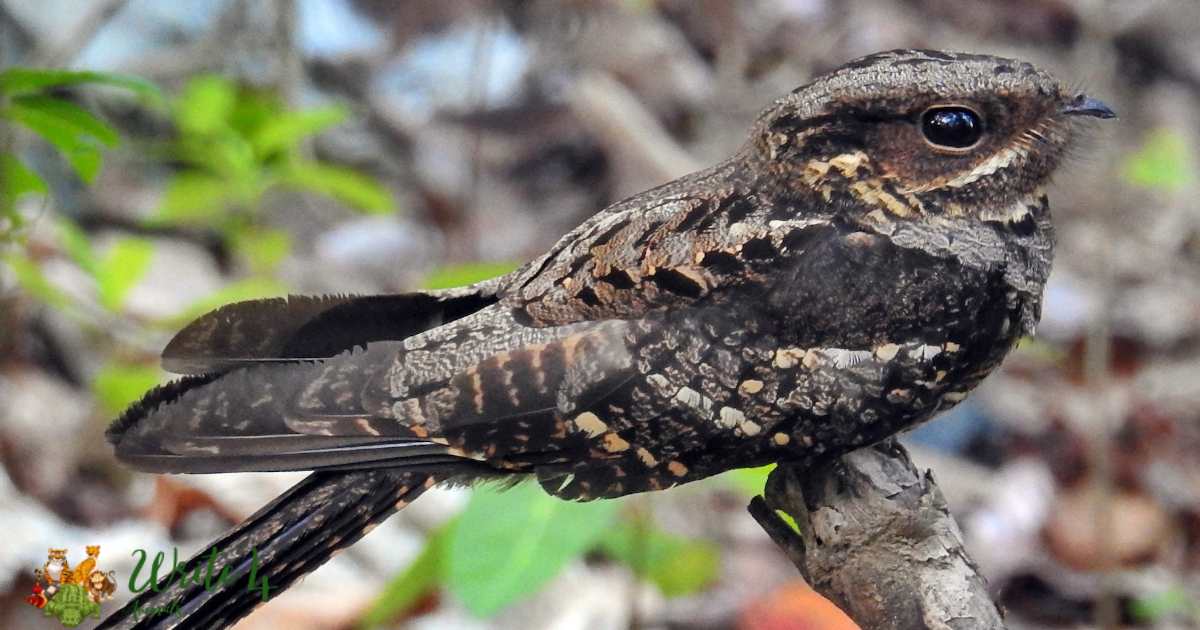
With large eyes adapted to low light conditions, they navigate the darkness with precision. These birds are found across diverse habitats, from woodlands to grasslands, showcasing their adaptability.
Their role in controlling insect populations makes them essential components of ecosystems, silently contributing to the delicate balance of the natural world.
7. Nine-banded Armadillo
The nine-banded armadillo, a unique mammal native to the Americas, is distinguished by its armor-like shell and distinctive appearance. Despite their prehistoric appearance, these creatures are excellent diggers and primarily feed on insects, making them valuable contributors to pest control in their habitats.
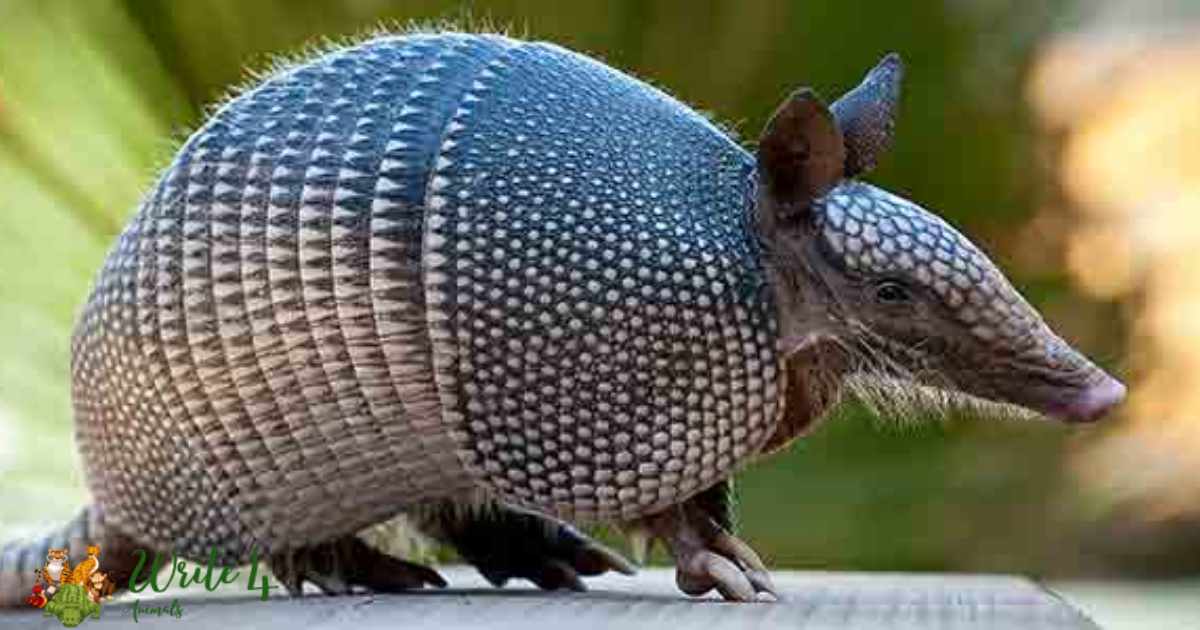
The nine-banded armadillo is well-known for its reproductive trait of giving birth to identical quadruplets, an extraordinary occurrence in the animal kingdom. Found in a variety of environments, from forests to grasslands, these armadillos have adapted to diverse ecosystems and serve as indicators of environmental health.
8. Narwhal
The narwhal, often dubbed the “unicorn of the sea,” is a mesmerizing toothed whale inhabiting Arctic waters. Its defining feature is the long, spiral tusk protruding from its head, which can reach lengths of several feet.
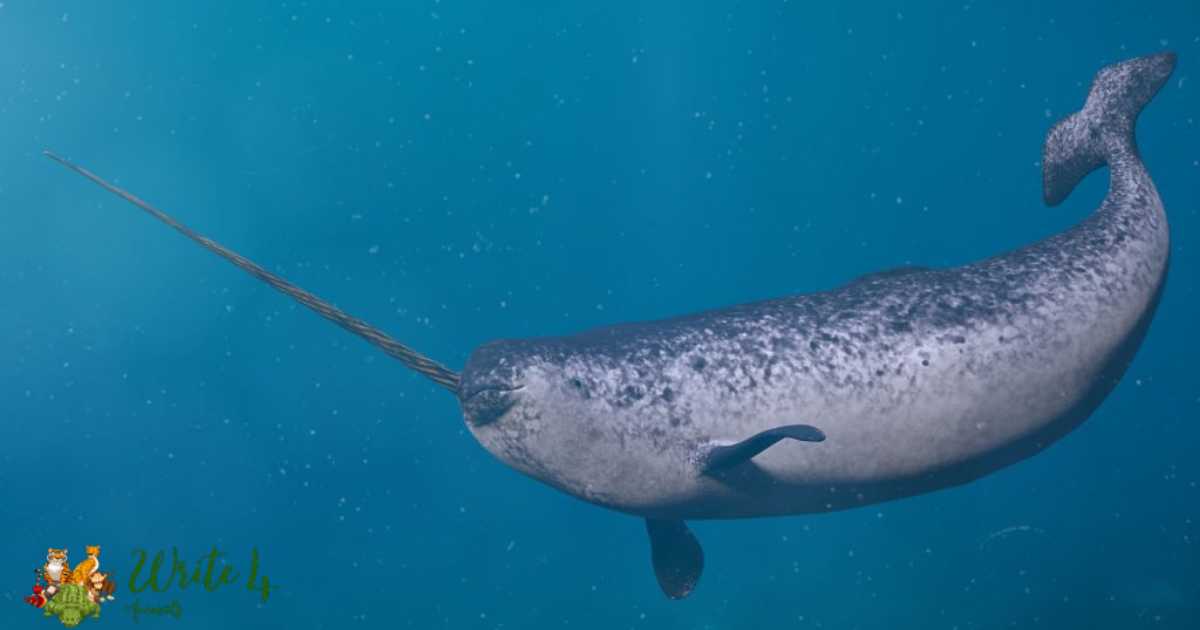
This unique adaptation is actually an elongated tooth, and its purpose remains a subject of scientific inquiry. Narwhals are social creatures, often found in pods, and their elusive nature adds an air of mystery to their already enchanting presence in the icy waters of the Arctic.
Despite their remote habitat, narwhals have captivated the human imagination for centuries, featuring prominently in Inuit mythology and becoming the subject of scientific fascination.
9. Needlefish
Needlefish, a group of predatory fish found in both salt and freshwater environments, are characterized by their sleek, elongated bodies and sharp beaks.
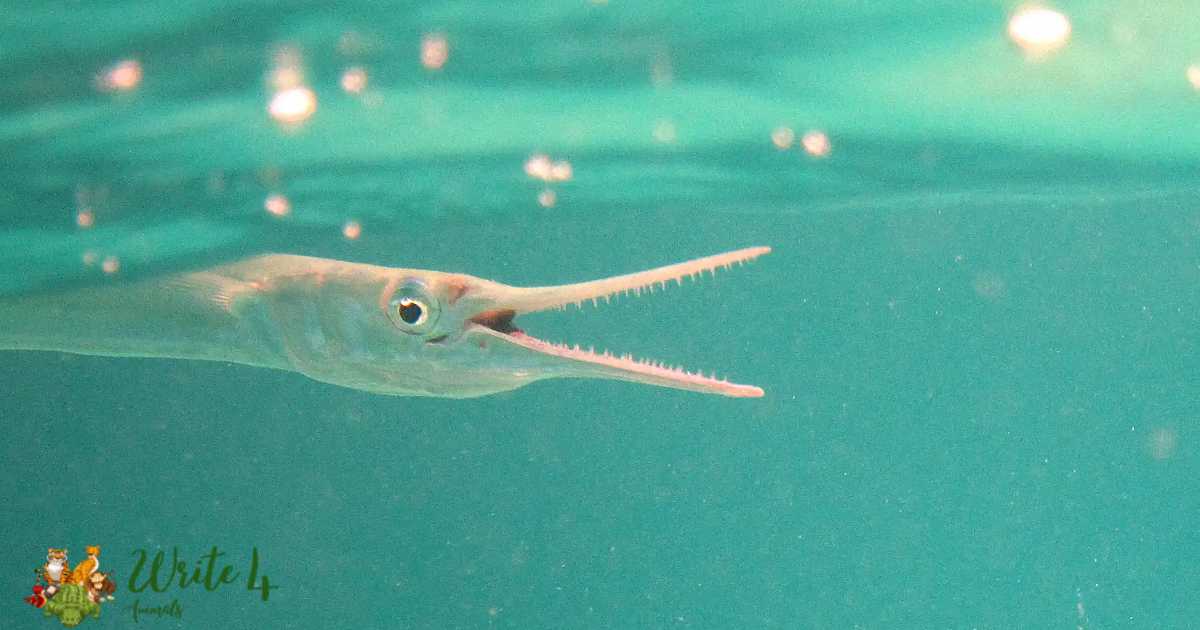
These agile swimmers are known for their distinctive hunting behavior, using their sharp bills to slash through schools of smaller fish. Needlefish are primarily carnivorous, preying on smaller fish and invertebrates, and their streamlined bodies and swift movements make them efficient hunters.
Found in tropical and subtropical waters, needlefish contribute to the biodiversity of marine ecosystems and serve as both predators and prey.
10. Nene
The Nene, also known as the Hawaiian goose, is a symbol of the Hawaiian Islands and holds a special place in the hearts of locals. Endemic to Hawaii, this species of goose has faced significant conservation challenges but has seen successful recovery efforts in recent years.
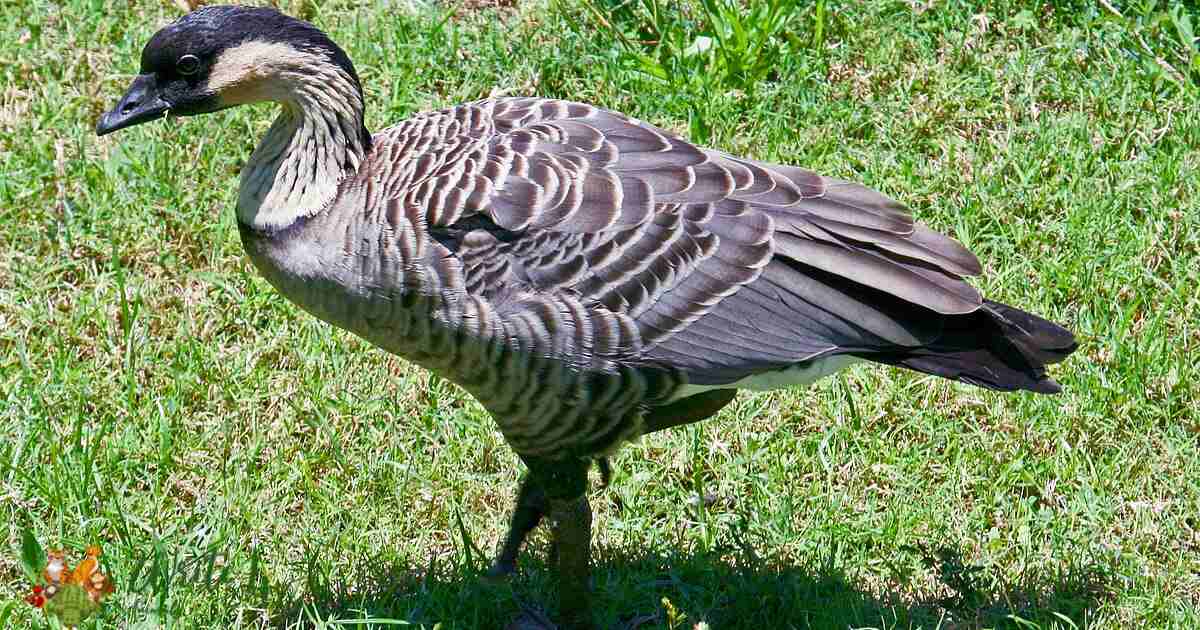
Recognized by its distinctive appearance, including a black face and neck, the Nene is an herbivore that grazes on grasses and plant matter. With its role in shaping the unique ecosystems of the Hawaiian Islands, the Nene serves as a living testament to the importance of conservation efforts in preserving the delicate balance of island biodiversity.
11. Night Monkey
Night monkeys, also known as owl monkeys, are nocturnal primates native to Central and South America. Possessing large, expressive eyes adapted for low-light conditions, night monkeys navigate the dark jungle canopy in search of fruits, insects, and small vertebrates.
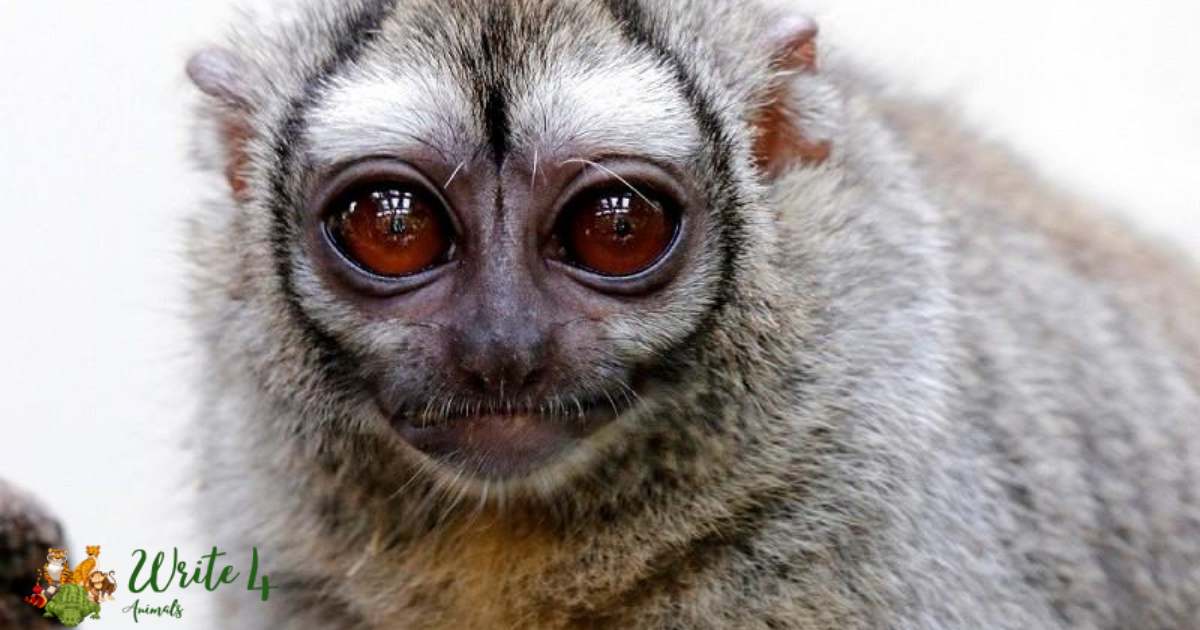
These arboreal creatures are characterized by their social behavior, forming monogamous family groups that contribute to their survival in the dense forests. Night monkeys play a crucial role in seed dispersal and insect control, helping to maintain the ecological balance of their habitats.
Despite their nocturnal lifestyle, their engaging social structures and unique adaptations make them intriguing subjects for scientific study and wildlife enthusiasts alike.
12. Nilgai
The Nilgai, also known as the blue bull, stands as the largest antelope species native to the Indian subcontinent. Recognizable by its robust build and distinctive markings, the Nilgai thrives in diverse habitats ranging from grasslands to wooded areas.
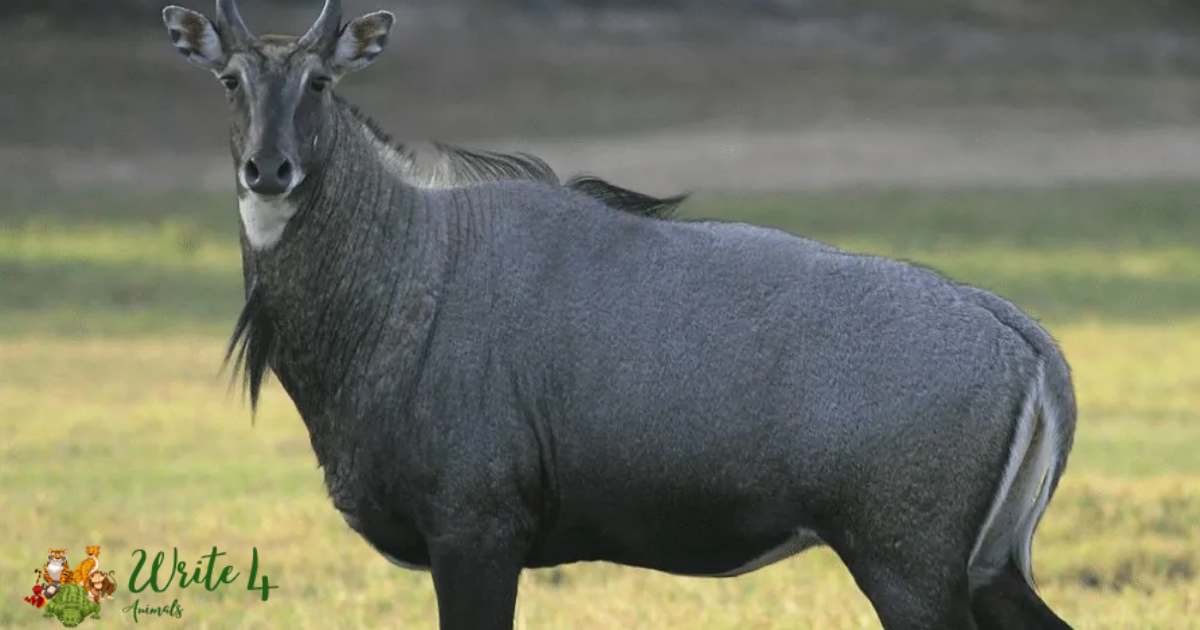
As herbivores, Nilgai contribute to shaping the landscape by influencing plant growth and distribution. Unfortunately, these majestic antelopes face conservation challenges due to habitat loss and human-wildlife conflict.
Recognizing the ecological importance of the Nilgai underscores the need for comprehensive conservation strategies to ensure the continued survival of this iconic species in the Indian subcontinent.
13. Nautilus
The Nautilus, an ancient and enigmatic marine mollusk, resides in the deep ocean waters, captivating scientists and nature enthusiasts alike. With its distinctive spiral shell and intricate chambers, the Nautilus is often referred to as a living fossil.
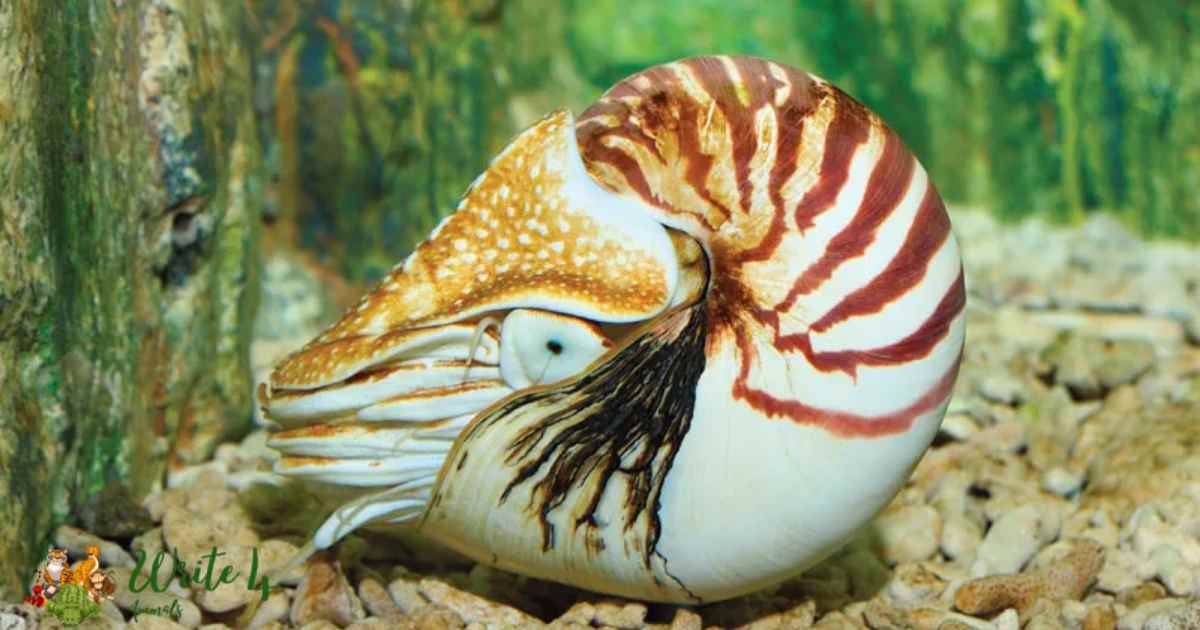
Unlike many other cephalopods, the Nautilus lacks the advanced jet propulsion system, relying on its slow, graceful movements to navigate the ocean depths. The Nautilus serves as a reminder of Earth’s evolutionary history, with its lineage dating back millions of years.
As deep-sea dwellers, Nautiluses contribute to the intricate marine ecosystems, showcasing the adaptability of life in the most extreme environments on our planet.
14. Nabarlek
The Nabarlek, also known as the rock wallaby, is a small marsupial native to northern Australia. Adapted to rocky habitats, these agile creatures navigate their environment with ease, utilizing their strong hind limbs and prehensile tail.
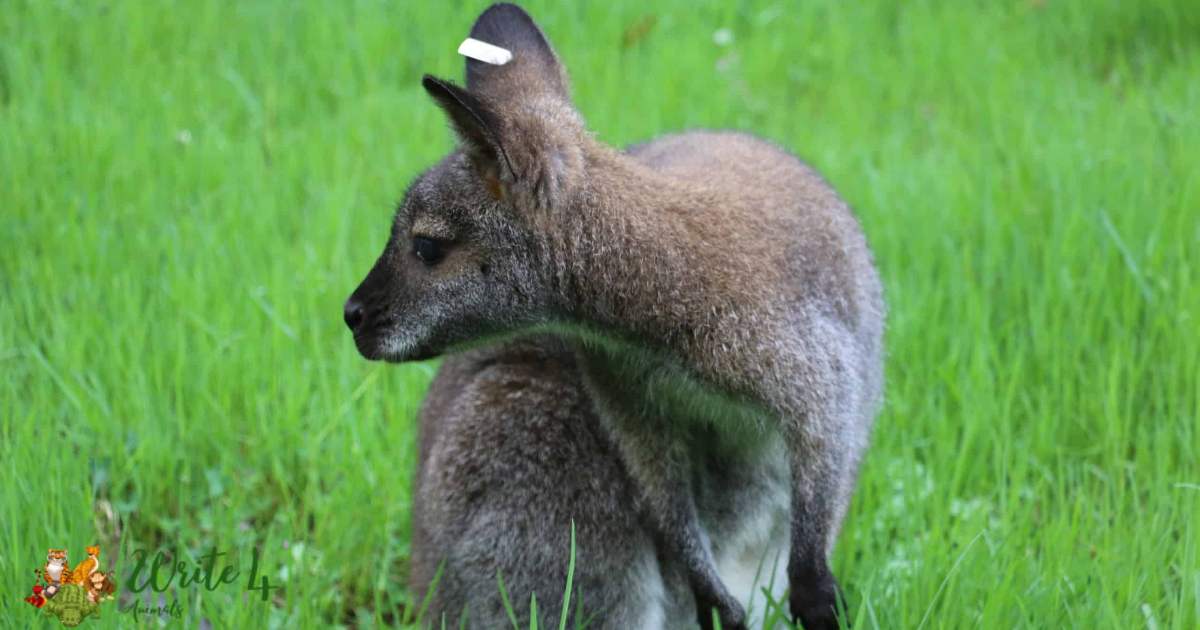
Nabarleks are herbivores, primarily feeding on grasses and vegetation, contributing to the ecological balance of their arid habitats. Despite their smaller size compared to other wallaby species, Nabarleks play a crucial role in shaping the vegetation and seed dispersal in their unique ecosystems.
15. Nandu
The Nandu, commonly known as the rhea, is a large, flightless bird native to the grasslands and savannas of South America. With its long legs and powerful stride, the Nandu is well-adapted to its terrestrial lifestyle.
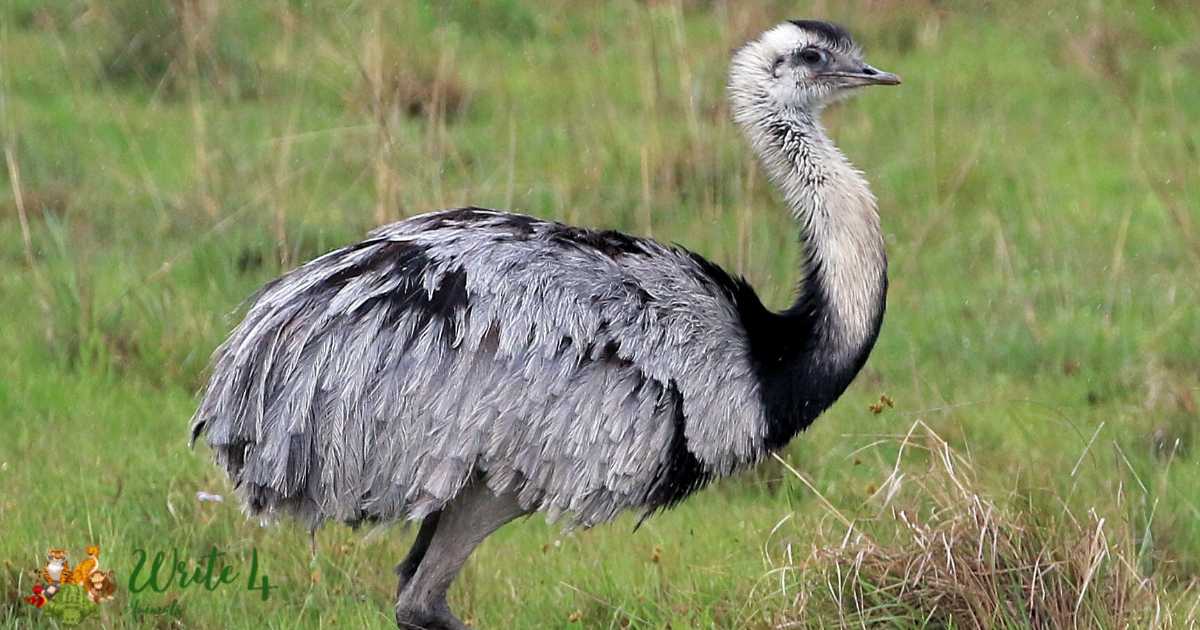
Known for their sociable behavior, rheas often form flocks, contributing to the intricate social structures within their populations. As herbivores, they play a crucial role in shaping plant communities and supporting the overall biodiversity of their ecosystems.
The Nandu’s flightless nature has not hindered its success, as these birds have thrived across a range of habitats in South America, showcasing the adaptability and resilience of avian species in the face of environmental challenges.
Recommended
1. 50+ Animals that Start with X With Pictures
2. 15 Swamp Animals in the World | Animals that live in swamps
